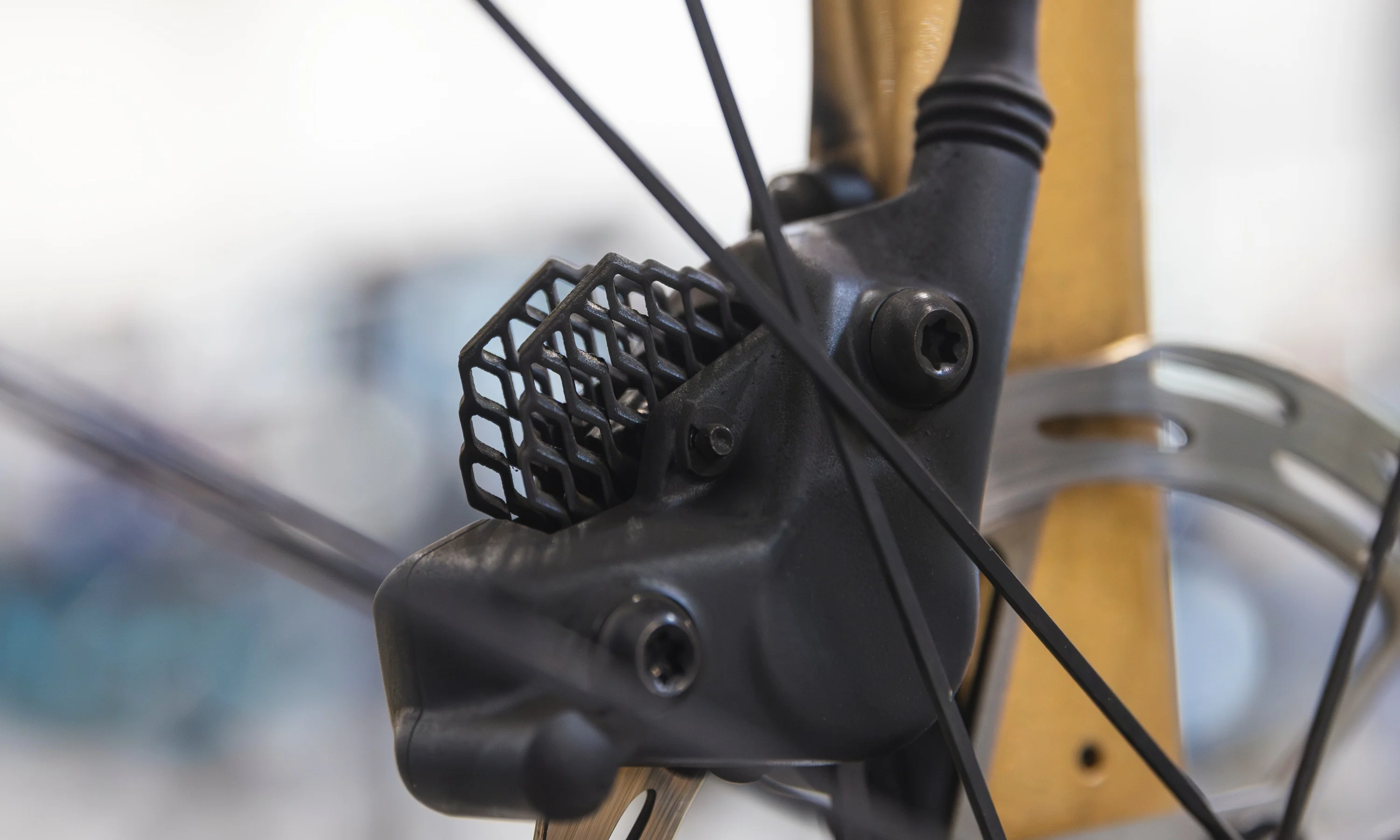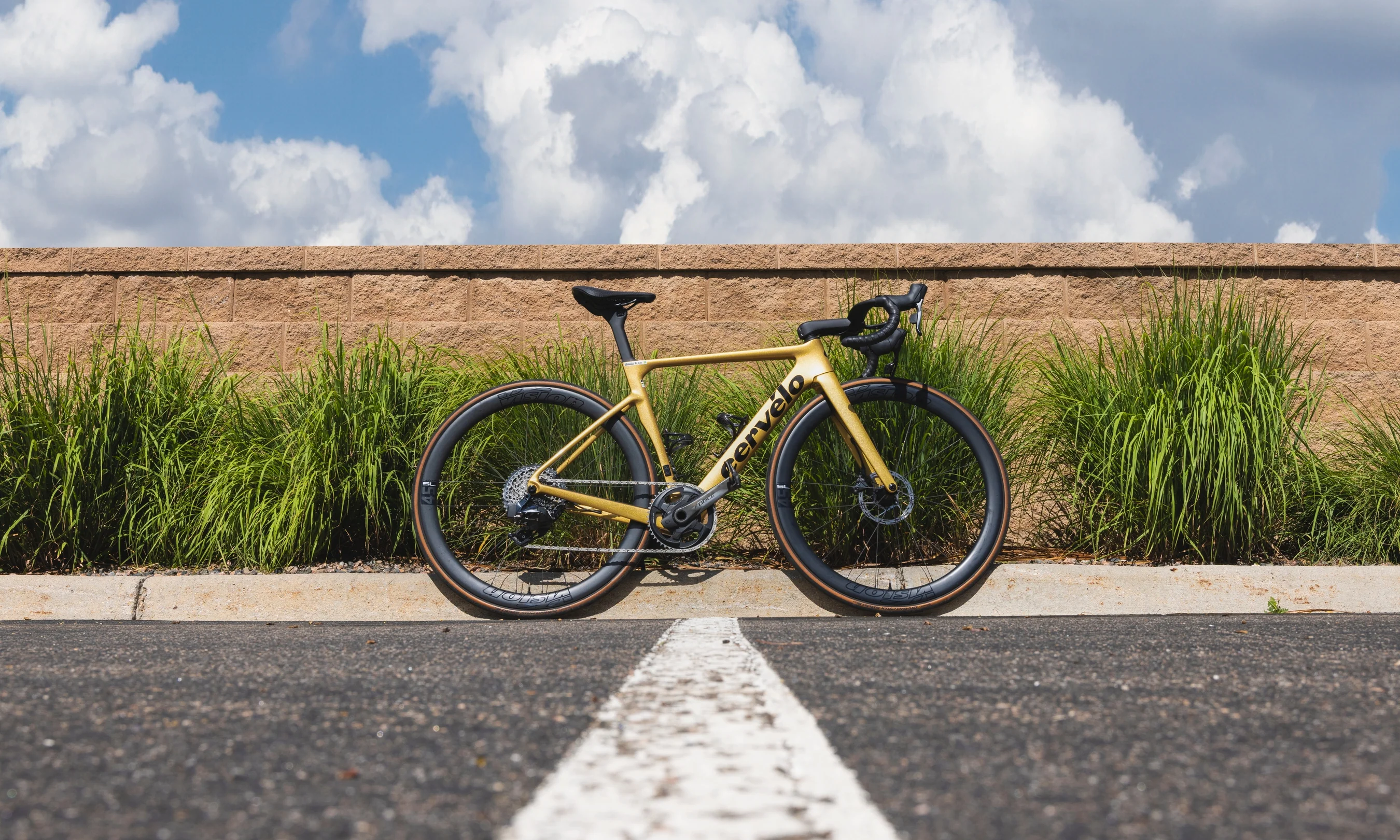"Classics" — that one word says it all. Cycling traditions run deep, but the string of single-day, 100-plus-year-old spring races stands tall as the sport's most enduring legacy.
As consistent and predictable as the budding leaves and sprouting flowers of springtime, major races like Milano-Sanremo, Gent-Wevelgem, Tour of Flanders, and Paris-Roubaix test the world's best cyclists every year. And often, these one-day races run on the same routes, hills, and cobblestones used for decades.
So, it's fun to look back on past editions to enjoy the suspense and drama all over again, and to marvel at the strategies and tactics that won the day. But before I dive into my five favorites, a primer on the spring classics.
[button]Shop Road Bikes[/button]
What are the spring classics?
With a few notable exceptions — Milano-Sanremo and Strade Bianche, in Italy — the spring classics are one-day pro races held in Northern Europe. In the last decade, organizers have added pro women's events in tandem with the pro men's races, which have often run for more than 100 years.
A few classics stand apart as "Monuments," the most prestigious, longest, and difficult one-day races. Cycling's monuments (ordered by date):
Milano-Sanremo (Italy)
Tour of Flanders (Belgium)
Paris-Roubaix (France)
Liege-Bastogne-Liege (Belgium)
Il Lombardia (Italy, held in autumn)
[newsletter]
Where to watch the spring classics
American fans can watch the races more easily these days, but unfortunately, there is not a single streaming provider that shows all of the monuments.
GCN RacePass, $8.99/month: Strade Bianche (men & women), Milano-Sanremo, GP E3
FloBikes, $12.50/month: Gent-Wevelgem, Tour of Flanders (men & women), Scheldeprijs (men & women), Amstel Gold Race
Peacock, $4.99/month: Paris-Roubaix (men & women), Fleche Wallonne (men & women), Liege-Bastogne-Liege (men & women).
[button]Shop Road Bikes[/button]
Okay, now on to my five favorite classics of recent memory.
2010 Tour of Flanders: Boonen and Cancellara clash
There is a lot to love about today’s classics stars. However, I hold a special place in my sentimental heart for Tom Boonen and Fabian Cancellara, two titans of the cobblestones who animated races for more than a decade. Both riders are now retired, but their racing exploits live on thanks to YouTube.
The 2010 edition of Flanders was something special. Due to unpredictable factors like illness, injury, and bad luck, Boonen and Cancellara rarely had true head-to-head duels in the season’s biggest races. Not in 2010. This year, the duo went off the front together for a showdown on Flanders’s most legendary climb, the Muur van Geraardsbergen.
2016 Paris-Roubaix: Hayman’s thunder from Down Under
What’s this? In the sprint to the finish on the Roubaix velodrome, the hulking figure of Mathew Hayman muscles past Boonen to spoil his retirement party.
At first, I was bummed to see Boonen miss out on such a milestone, but as the story unfolded, I fell for the plucky Hayman. He had been off the front all day in the early breakaway. He came into Roubaix with minimal racing in his legs, just hours and hours on the indoor trainer due to injury. And the gritty Aussie delivered. An unsung hero usually tasked with working in the trenches for the big stars, Hayman was the anti-Boonen, and he pulled off the only major win of his career. Now that’s a fairytale finish.
Check out ORICA-GreenEDGE's Backstage Pass video to see more of Hayman's incredible ride.
2000 Paris-Roubaix: The heart of a Lion
Johan Museeuw was such a dominant classics racer in the late 1990s and early 2000s that it’s easy to forget that his career almost ended abruptly in 1998. After crashing on Roubaix’s famous Arenberg Forest pave, he developed gangrene in his left leg, nearly requiring amputation.
Fortunately, “The Lion of Flanders” recovered, but he was off the bike for months. Like a true champion, he rediscovered his form, returned to racing, and in 2000, he soloed to his second Paris-Roubaix victory. The feat would have seemed impossible just a year earlier. So, you can understand how emotional that emphatic victory salute was for Museeuw, as he pointing to his left knee, riding alone across the line in the velodrome.
2017 Women’s Tour of Flanders: Rivera paints the cobbles red, white, and blue
Given the strong contingent of American women in pro cycling, it should come as no surprise that one would earn the U.S. its first victory at Tour of Flanders. On flying form in 2017, Coryn Rivera did just that, sprinting to victory from a select group of the world’s best riders.
The pocket-sized sprinter has racked up ample wins in conventional sprint stages and races, but she was relatively unproven on the cobblestones. Plus, the then-25-year-old was up against far more experienced European riders, several of whom had won Flanders in the previous editions. Undaunted, Rivera held her fire until the final sprint, making for a nail-biting final 10 kilometers of racing.
2016 Tour of Flanders: Sagan’s sweet relief
Peter Sagan is superhuman. Not for his pure cycling ability though — instead I’d argue his most amazing talent is to live a high-pressure life in the public eye with verve and nonchalance.
For years, he was under pressure to win a big one, one of cycling’s five Monuments (Milano-Sanremo, Tour of Flanders, Paris-Roubaix, Liege-Bastogne-Liege, and Il Lombardia). The scrutiny was intense. He rode to second in 2013 Tour of Flanders, and as the years passed without another podium result, the criticism became louder and louder. Sagan might have heard, but it didn’t bother him.
With the coolheaded talent that’s always been a hallmark of his style, Sagan was right where he needed to be in the 2016 edition of Flanders. He rode off the front with Sep Vanmarcke, someone he knew he could beat. And then he launched a career-defining attack on the Paterberg and silenced all those critics.
Bonus vintage pick: 1988 Milano Sanremo: Fignon’s French invasion
This race is fresh in my mind because I’m reading Fignon’s autobiography, “We Were Young and Carefree.” It’s worth picking up a copy to read his account of this race in-depth, but in a nutshell, no one saw the Frenchman coming.
His Systeme U team didn’t feel it was worth devoting a lot of its resources to this Italian classic race. The French TV stations weren’t keen to cover Sanremo — in fact, there weren’t any broadcasts in France. And Fignon was coming off a disastrous performance in the 1987 Tour de France and the tragic loss of his best friend and confidant, Pascal Jules.
Instead of shrinking into the shadows, Fignon attacked his monumental training load with intensity and confidence. When the time came to attack on the route’s final climb, the Poggio, he was ready.
What is your favorite spring classic from the past? Let us know in the comments!













